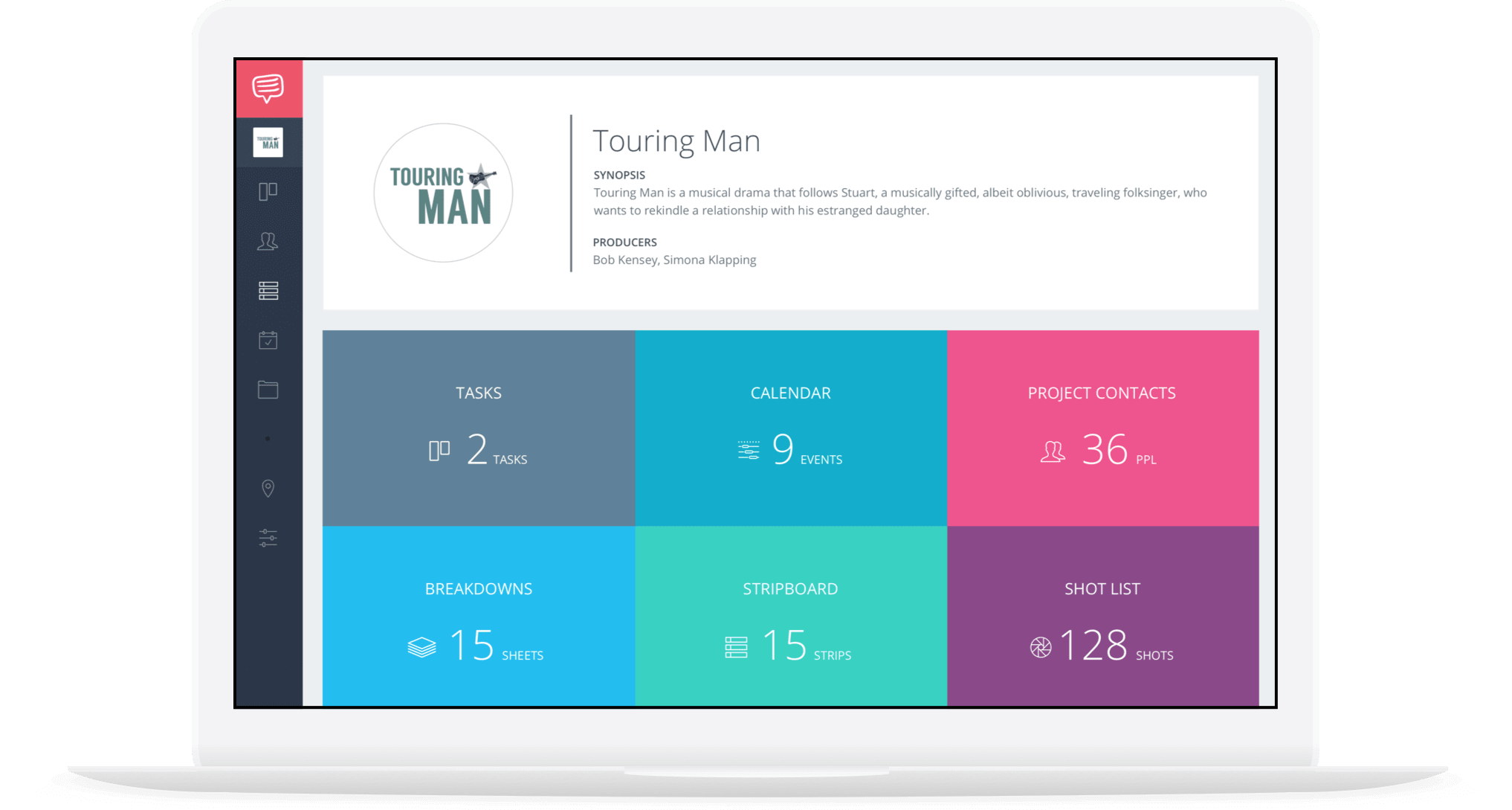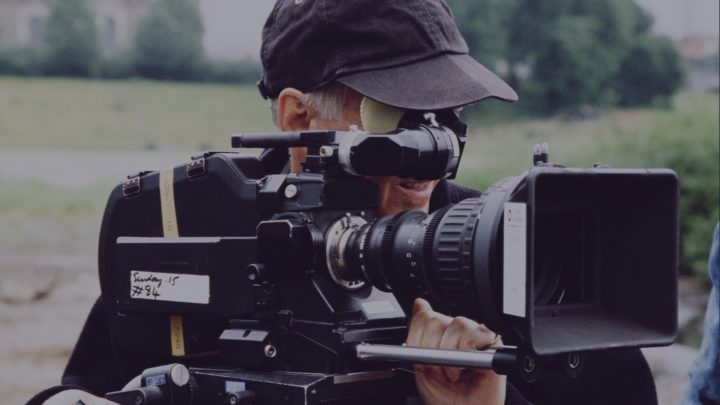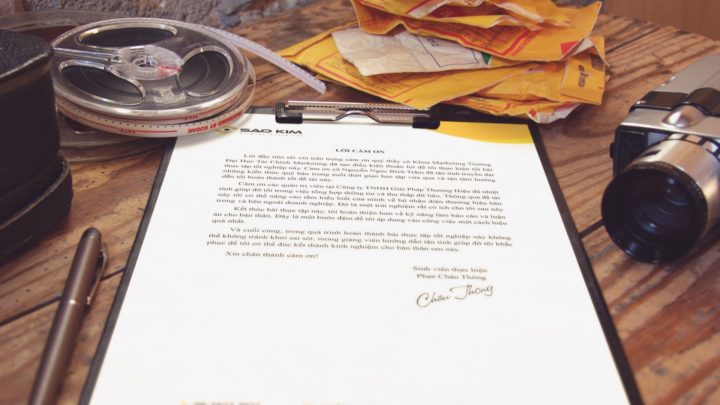Behind every great film is an amazing editor. But how much does a film editor make? Experienced film editors are able to make a good living, but it takes time to reach that level. As a film editor, it’s your job to take raw footage and splice it together to create a beautiful film.
More...
Since it’s the final step in the filmmaking process, it requires a lot of talent, thoughtfulness, and responsibility.
Whether you’re looking to get a job in the industry or are just curious about film editor salaries, here’s a look at everything you need to know.
Average hourly rates for a film editor
If you’re wondering how much a film editor makes, it varies depending on experience, gigs, and location.
According to the Bureau of Labor Statistics, film and video editors in the U.S. make an average of $40 an hour.
Less experienced film and video editors make anywhere from $35,000 to $40,000 a year, while more experienced editors can make upwards of $80,000.
However, this is a relative number; hourly rates for freelance film editors often fluctuate, with rates ranging anywhere from as low as $14 an hour up to $80, depending on skill level.
In fact, a film editor’s hourly rate can go from $20 an hour on one project to $40 on another — it all depends on the client and the type of work required.
Film and Video Editor Salaries: Which States Are Best?
An average film editor’s salary is $55,740.
As with most film editing jobs, location is everything.
In California, the average film editor’s salary is $55,101. However, in New York City, the average film editor’s salary is $70,120.
When it comes down to it, a film editor’s salary depends on their particular experience and skill level.
The more you work, the more experience you will have for future jobs.
What does a Film Editor do?
At the most basic level, a film editor’s job is telling a story. Combining various clips and audio together to create a cohesive vision is the goal.
Much like engineers, film and video editors wear take up multiple roles. They often look over a wide-range of projects to make sure there are no errors or inconsistencies.
A film editor’s job can include everything from working with the director to helping rewrite scripts and editing storyboards.
An important part to a film editor’s job is communication. There is a lot of back and forth when it comes to their work and their clients.
Even though it gets tedious to approve new changes, alter existing video and rewrite certain parts, it’s all part of the process, and these experiences help you land more film editor jobs in the future.
What's an average day like?
The average day of a film editor depends on the project. Even though picking your own hours, choosing which clients to work with and gaining new perspectives are all enticing prospects, it can be a daunting job if you’re not prepared, especially because each assignment requires different skills.
A film editor’s salary can also differ based on the amount of incoming work. It’s not uncommon for an editor to find one month with lots of gigs and the next without any.
Being a successful film editor means being proactive — if you’re planning on going the freelance route, you’re gonna want to get your name out there.
Remember, time is money. A film editor’s hourly rate is based on the amount of work they’re able to complete in a given amount of time.
Most clients want their work to be done as fast as possible, but sometimes you need to tell them that rushed assignments can result in subpar work.
A film editor’s salary depends on how well they’re able to communicate with their clients, so make an effort to be as open and communicative as possible.
4 Tips to make more cash as a Film Editor
How much money a film editor makes is directly related to how tech-savvy they are, how good they are at their craft, how they market themselves and how they handle their work.
1. Stay on top of current trends
Like the rest of the entertainment industry, the editing world is constantly changing.
50 years ago a film and video editor only had to edit simple black-and-white video. Now, everything has been moved to digital.
Smartphones have given rise to the everyday editor, as has social media. How much a film editor makes could depend on how current they are with emerging technology.
If you want to succeed as a film editor, you need to read up on the most up-to-date trends to stay relevant.
StudioBinder, a Los Angeles-based production management and software company, keeps a great blog with useful tips and news. If you want to network with other editors, you should check out ProductionBeast.
2. Choose your software and become a master of it
It’s safe to say that there have never been more options when it comes to editing.
Among the more popular film editor programs include Adobe Premiere, Final Cut Pro, and Media Compressor.
Whatever software you like, buy it. Certifications are available for all of these tools.
While most cost a small fee, it’s worth it.
3. Be upfront with price and expectations upfront
If you’re working as a freelancer, it’s extremely important to be honest with expectations with your rates from the get go.
Keep in mind that various edits will likely be required, as well as input from the various stakeholders. The amount of work you’re able to accomplish in a given set of time will influence how much you’re able to make as a film editor.
A freelance film editor’s rate depends on what you’re working on and the length of that project.
4. Set a deadline and commit to it
Most professional editors create a rough estimate of how long a project will take based on how long the initial shoot was. From there, they have a better idea of how big the project is and how long the editing process may take.
A good rule to uphold is the 10:1 ratio: for every 10 hours of shooting, allocate at least one hour of editing.
A film editor’s salary often depends on deadlines, so it’s important to not over-promise.
Useful film editing accessories
The golden rule to film and video editing is to always have enough room on your computer.
How much a film editor makes is often reliant on the type of equipment they have and how they’re able to use it.
An hour of video can easily take up a lot of storage, so make sure you cleared some space before you start editing.
Investing in a external hard-drive is key — you’ll be able to safely store your projects in one place while keeping your personal computer clutter-free. It’s important to keep your personal files separate from your professional ones.
Film Editing Jobs: How to Break Into the Industry
Similar to other industry jobs, no education background is required. However, while some employers require a bachelor’s degree in film or broadcast, most film editors develop their skills through experience.
Find your software of choice, get certified and master it. From there, you can add more equipment as you gain more experience.
In addition, you should take the time to discuss costs and expectations beforehand, including length, time frame and any other requests that are needed.
Finally, create a demo reel for future clients. Aside from word of mouth, the only way to gain new clients is to showcase what you’re capable of.
Use your demo reel to show off your work and to attract potential employers.
Are you ready to start finding local film editing jobs? Check out ProductionBeast today!
Like this post? Share it!
"Film Editor Salary Guide: This is How Much You Make." #filmmaking #indiefilm
Manage your shoots like a pro.
All-in-one photo & video project management has arrived.




